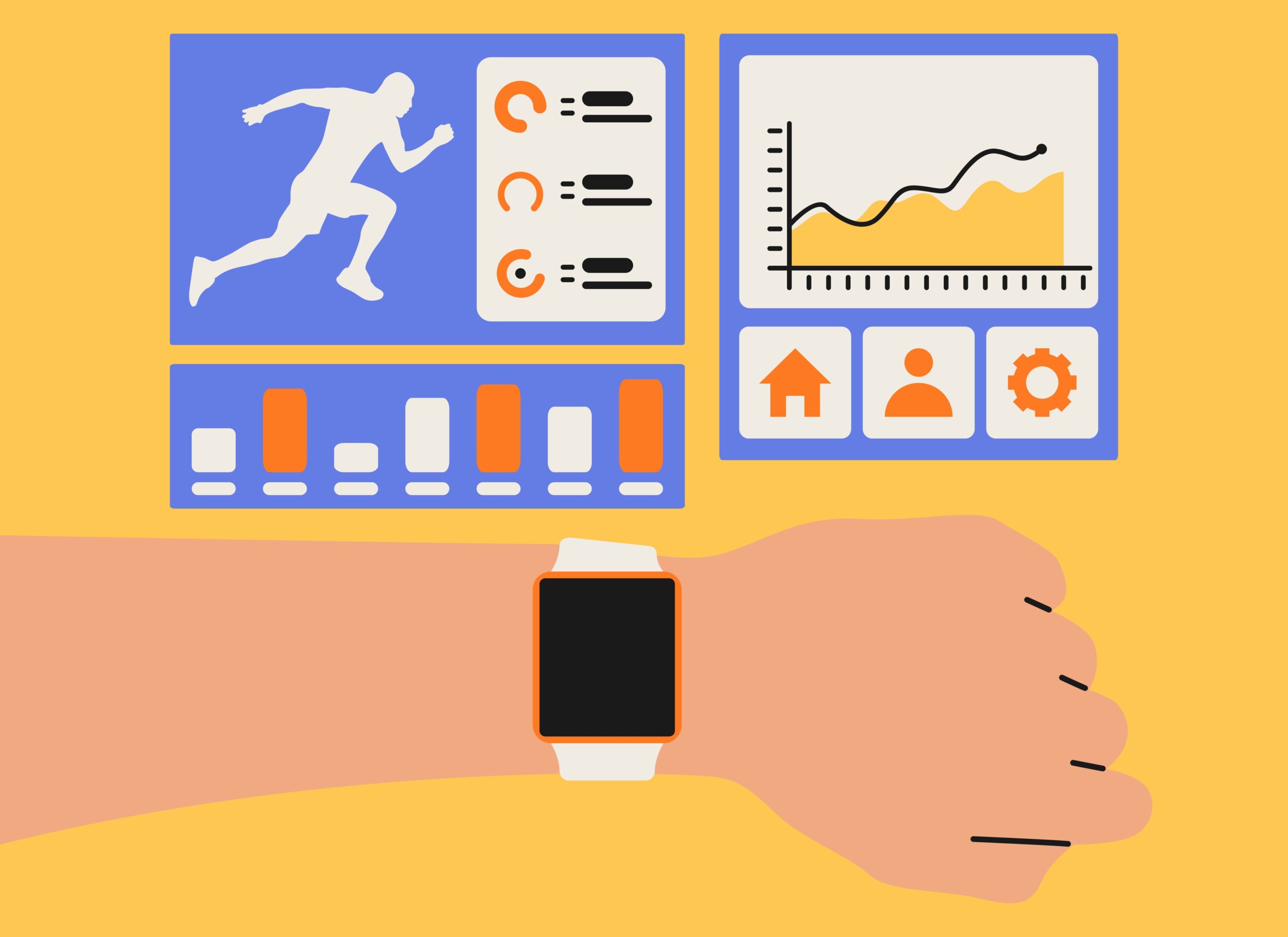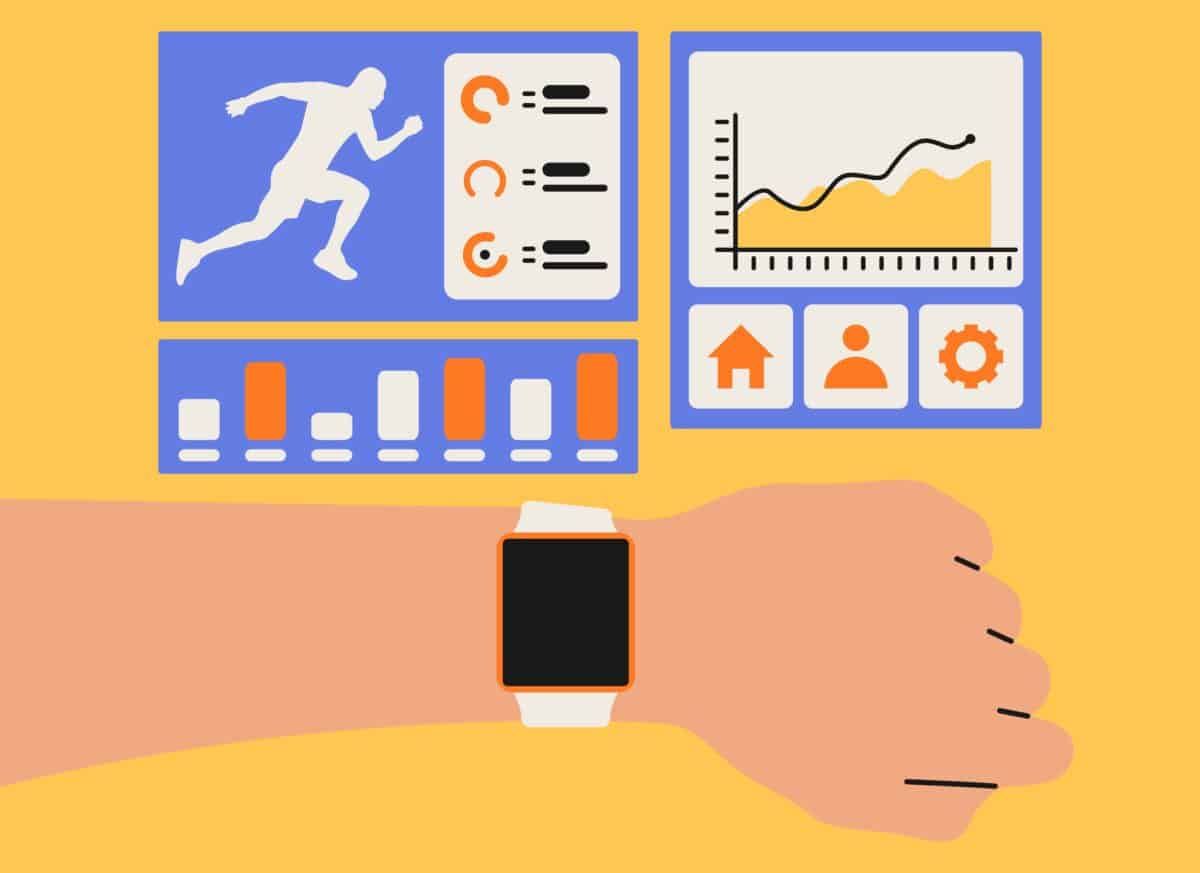Blood pressure (BP) appears to be highest on Saturdays, compared to other days of the week. This is probably due to TGIF (Thank God, it’s Friday) activities after a busy work week.
This is one of the findings in what is considered the most massive global BP screening survey ever conducted, participated in by close to 100 countries, with the Philippines as one of the leaders.
The study was published last week in The Lancet Global Health Journal. Professor Neil Poulter, president of the International Society of Hypertension (ISH), was the lead author of the study. I had the privilege to be one of the co-authors, with some of the ISH council members who joined the survey, dubbed as May Measurement Month (MMM) 2017.
MMM17 is the largest synchronized, standardized multinational screening campaign of any cardiovascular risk factor.
The Philippines was the leading contributor to the global survey, with more than 271,000 screened Filipinos nationwide. This was spearheaded locally by the Philippine Society of Hypertension (PSH), in collaboration with the Department of Health (DOH), Philippine Heart Association, Philippine College of Physicians and more than 20 government and nongovernment organizations.
Major collaborators
Because of the significant contribution of the Philippines, four local specialists were cited as major collaborators in the study. They are Dr. Alberto Atilano and Dr. Deborah Ona, PSH president and secretary, respectively; Dr. Carmela Napiza-Granada, director for disease prevention and control of the DOH; and Dr. Ma. Rosario Sevilla, medical director of LRI-
Therapharma, a division of Unilab.
Omron donated 3,000 BP digital devices used in the Philippine screening.
MMM 2018 is ongoing the whole month of May. Professor Poulter wrote President Duterte to invite him to be a global endorser, with some Hollywood celebrities.
For the MMM17 survey, adjusted BP was higher in association with diabetes, cerebrovascular disease, smoking and alcohol consumption. The authors explain that the higher consumption of alcohol on weekends could explain the higher BP on Saturdays, with the lowest BPs on Tuesdays, probably when the effect of alcohol has already subsided.
This highlights the need to screen for lifestyle and other risk factors when a patient’s BP is high.
A cardiovascular (CV) risk assessment should be done of hypertensive individuals to identify those at risk for serious complications. This also guides the physician on how aggressive treatment should be.
In MMM17, BP was also generally higher when measured on the right arm than on the left arm, likely due to its being the dominant arm in majority of the people.
The authors wrote that high BP is the biggest contributor to the global burden of disease and mortality, and published data suggests that less than half of the population with hypertension is aware of it.
The MMM study was a cross-sectional survey, including volunteer adults (18 years old), preferably those whose BP have not been measured the past year. The BPs were measured three times, which is the ideal way to measure BP, with the average of the second and third readings recorded as the BP for the individual. A questionnaire about demographic, lifestyle and environmental factors was also completed.
Raise awareness
“The primary objective was to raise awareness of blood pressure, measured by the number of countries involved, the number of people screened, and the number of people who have untreated or inadequately treated hypertension (defined as systolic blood pressure =140 mm Hg or diastolic blood pressure =90 mm Hg, or both, or on the basis of receiving antihypertensive medication),” the authors wrote.
Data was collected from 1,201,570 individuals in all the participating countries. After statistical imputation of the 1,128,635 individuals for whom a mean of the second and third readings was available, more than a third or 393,924 (34.9 percent) individuals had hypertension, it was discovered.
Of the 888,616 individuals who were not receiving antihypertensive treatment, 153,905 or 17.3 percent had high BP, many of whom were not aware that they were hypertensive. Of the 227,721 individuals receiving treatment, 195,456 or 46.3 percent still did not have controlled BP. This raises the importance of the physician adjusting the patient’s medications until optimal BP is attained.
The MMM global survey is significant because it has convincingly shown that a massive worldwide BP screening is achievable using volunteers and convenience sampling.
“Volunteer screening with convenience sampling can be cost-effective, and can be used to identify large numbers of individuals who could benefit from treatment or enhanced treatment. Pending the setup of systematic surveillance systems worldwide, MMM will be repeated annually to raise awareness of blood pressure,” wrote the study authors.
For MMM 2018, the PSH is again taking the lead for the Philippines with the DOH, the Department of Education and Department of Interior and Local Government also actively participating.
All physicians, nurses and anyone who knows how to measure the BP using Omron digital devices may participate in this survey, which can help save thousands of Filipinos yearly. Local specialists envision that by the year 2022, with active screening and BP control programs, around 30,000 Filipinos could be saved from hypertension-related deaths.
For interested volunteers, call 6962819; visit www.maymeasure.com.









































